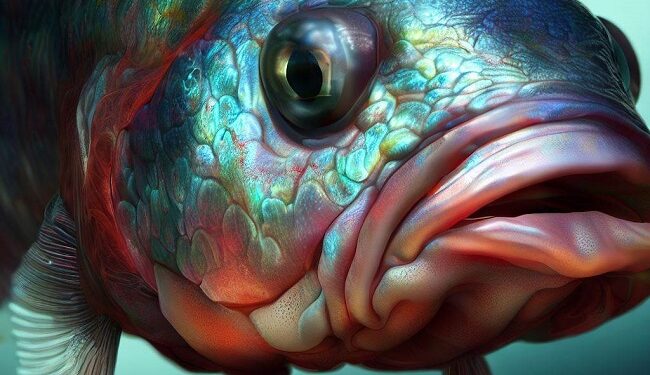Research conducted on fish purchased in urban centers in the Amazon region indicated mercury contamination at levels above safe in all northern states.
The most significant results were observed in Roraima and Acre, which presented 40% and 35.9% of the fish with high concentrations of the toxic metal, widely used in mining activities in that area.
According to research conducted by Iepé (Indigenous Research and Training Institute), Fiocruz’s National School of Public Health, Greenpeace, Socioambiental Institute, and WWF-Brazil, more than a fifth (21.3%) of the fish that are consumed by families in the Amazon region present mercury levels above the safety limits established by the Food and Agriculture Organization of the United Nations (FAO/WHO) and the Brazilian Health Surveillance Agency (ANVISA).

According to a study conducted by Iepé, the National School of Public Health at Fiocruz, Greenpeace, Instituto Socioambiental, and WWF-Brazil, more than 20% of the fish consumed by the Amazonian population present mercury levels above the safety limits established by FAO/WHO and ANVISA.
The study considered data from six Amazonian states and evaluated fish sold in city commercial establishments.
The results indicate that in some Amazonian cities, such as Santa Isabel do Rio Negro and São Gabriel da Cachoeira, this rate reaches 50%.
The general average, however, is lower than in Roraima, considering all the cities studied.
According to a survey by the researchers, a high rate of fish contamination was identified in the states of Acre, Amazonas, and Roraima.
Samples of 80 fish species collected in all the capitals of the states in question, as well as in 11 inland municipalities, were analyzed.
The results indicated an average of 35.90% of contaminated fish in Acre, 11.40% in Amapá, 22.50% in Amazonas, 15.80% in Pará, 26.10% in Rondônia, and 40% in Roraima.
For the researchers, the high contamination can be related to the advance of gold mining in the region.
During 18 months, between March 2021 and September 2022, 1010 fish from 80 different species were collected.
These samples were obtained in 17 municipalities belonging to the six states that make up the country’s northern region.
The collection was done in public markets, street markets, or directly with fishermen at fish landing points.
According to studies, children between 2 and 4 years old and women of childbearing age are the most vulnerable groups to the harmful effects of mercury present in contaminated fish.
Mercury intake among children in this age group can be up to 31 times higher than the recommended dose, while for women, the intake can be up to 9 times higher than recommended.
With information from Agência Brasil
News Brazil, English news Brazil, Amazon

